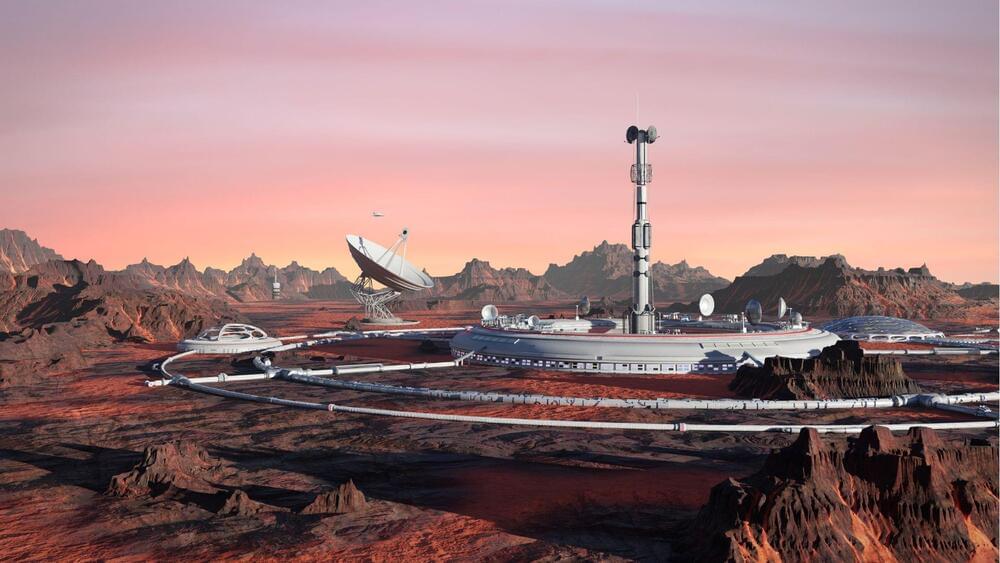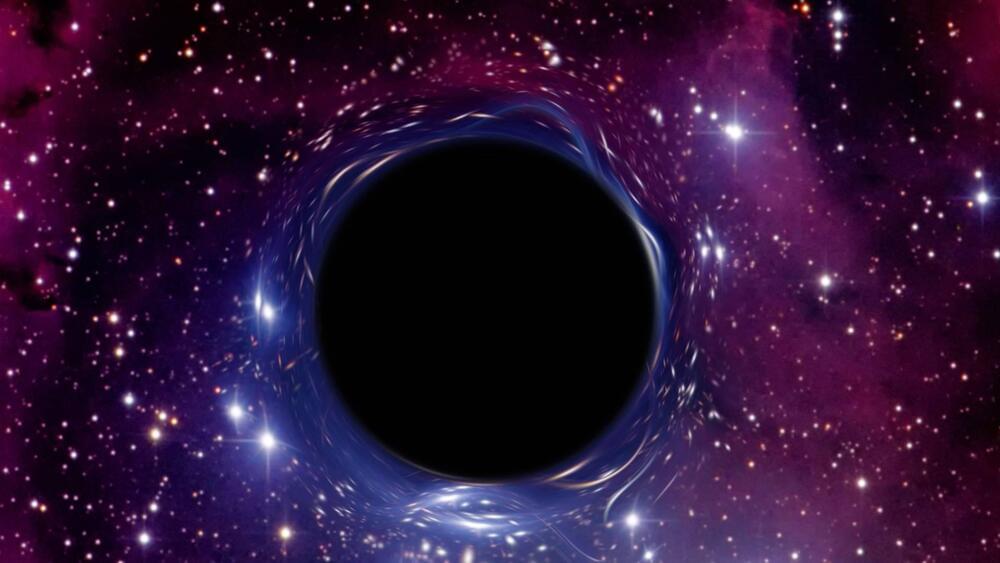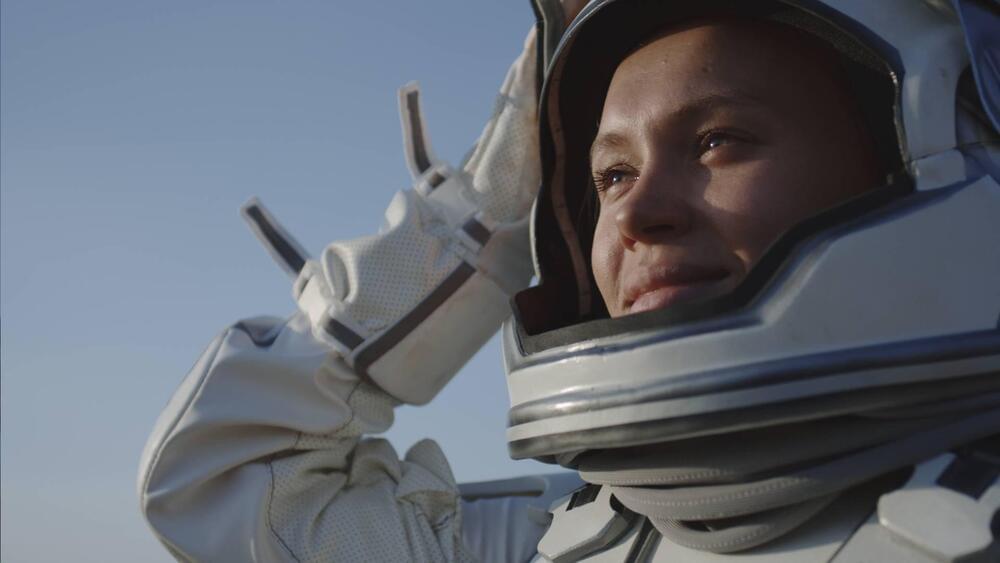
Get the latest international news and world events from around the world.


China surpasses the US in scientific research volume and quality, study claims
China produced an average of 407,181 scientific publications annually, overtaking the US’s 293,434 journal articles, says research.
China has overcome the US to take the top spot globally for “high impact” studies and volume of scientific research, according to a report published by Japan’s National Institute of Science and Technology Policy (NISTP).
China currently publishes the most scholarly papers each year, followed by the US and Germany, reported The Guardian.
“China is one of the top countries in the world in terms of both the quantity and quality of scientific papers,” Shinichi Kuroki of the Japan Science and Technology Agency told Nikkei Asia.

Australian engineers produce concrete from tyre, rubber, and rocks
The new concrete made of tyres will be eco-friendly and cheaper. Engineers from RMIT succeeded in producing concrete from materials such as gravel, tyre, rubber, and crushed rock. It is believed that this innovation will be cheaper and eco-friendly. The team is now looking into reinforcing the concrete to see how it can work in structural elements. A group of researchers from the Royal Melbourne Institute of Technology (RMIT), has succeeded in replacing the classic method of making concrete, which is made of gravel and crushed rock, with rubber from discarded tyres that are suitable for building codes.
According to the press release that has been published by the university, new greener and lighter concrete also promises to reduce manufacturing and transportation costs significantly. Small amounts of rubber particles from tyres are already used to replace these concrete aggregates. However, the previous process of replacing all concrete with aggregates had not been successful.
The study published in the Resources, Conservation & Recycling journal showed the tyres’ manufacturing process.
Lead author and Ph.D. researcher from RMIT University’s School of Engineering, Mohammad Momeen Ul Islam, stated that this work was revolutionary because it showed what could be done with recycled rubber pieces.
Full Story:
Australia’s RMIT engineering team made greener and lighter concrete.

Researchers developed a new robot that could help us travel around black holes
The machine functions in curved spaces defying the laws of Earth.
The robot recreates the same environment found around black holes. It does so by moving in a curved space. It could one day allow us to further study black holes.
There is one constant on Earth and that is that when humans, animals, and machines move, they always push against something, whether it’s the ground, air, or water. This fact consists of the law of conservation momentum and was up to now undisputed.
Curved spaces provide new principles However, new research from the Georgia Institute of Technology has come along to showcase the opposite — when bodies exist in curved spaces, they can move without pushing against something. The new study was led by Zeb Rocklin, assistant professor in the School of Physics at Georgia Tech, and it saw the engineering of “a robot confined to a spherical surface with unprecedented levels of isolation from its environment, so that these curvature-induced effects would predominate,” according to a statement by the institution published on Monday.
Full Story:
The new machine defies the laws of physics to function in curved spaces.
Asteroid Bennu: Will the best-characterized asteroid in the solar system hit the Earth or not?
Asteroid Bennu was in the news recently for an astonishing discovery. NASA scientists revealed that the asteroid has a surface that appears similar to plastic balls. The discovery dates back to October 2020, when NASA successfully collected a sample from the asteroid.
During the sampling event, the sampling head of the OSIRIS-REx (Origins, Spectral Interpretation, Resource Identification, Security-Regolith Explorer) spacecraft had sunk by 1.6 feet (0.5 meters) into the surface of the asteroid. The space agency found that Bennu’s exterior is made of loosely packed particles that are haphazardly packed together. The spacecraft would have sunk right into the asteroid if it hadn’t fired its thruster to back away after collecting dust and rocks.
Russia reportedly lost at least 7 warplanes in Crimean airbase attack
The Ukraine army had a few satellite images to share.
A Russian airbase in Crimea was recently attacked Russia initially downplayed the attack It has now been revealed that at least 7 aircraft were destroyed, and significant damage to the base also inflicted.
Recently released satellite photographs show as many as 7 warplanes were destroyed at a Russian airfield in Crimea on Tuesday. While the precise details of the operation remain unknown, Ukraine’s air force shared a triumphant picture of the downed aircraft on July 11th, 2022, on its Twitter account.
Russia has insisted that the damage was accidental and that nothing substantial was lost, but photography from several sources refutes this. At least three structures at the Saki naval airbase in Crimea, the peninsula Russia seized from Ukraine in 2014, looked to have been damaged, in addition to the aircraft.
Full Story:
Saving water with wireless technologies is possible — but there are challenges
Water is the most essential resource for life, for both humans and the crops we consume. Around the world, agriculture accounts for 70% of all freshwater use.
I study computers and information technology in the Purdue Polytechnic Institute and direct Purdue’s Environmental Networking Technology (ENT) Laboratory, where we tackle sustainability and environmental challenges with interdisciplinary research into the Agricultural Internet of Things, or Ag-IoT.
The Internet of Things is a network of objects equipped with sensors so they can receive and transmit data via the internet. Examples include wearable fitness devices, smart home thermostats and self-driving cars.

In a first, researchers produce oxygen from magnets for space exploration
The new method could be the key to getting oxygen to Mars and beyond.
The study was conducted in a special drop tower facility that simulates microgravity conditions. The research proved magnets were effective at producing oxygen. The new method removes gas bubbles from liquids. Producing enough oxygen for astronauts in space is a complicated affair that is only set to become more difficult as we travel to Mars and beyond.
Now, researchers have invented a new way to make oxygen for astronauts using magnets, according to a University of Warwick statement.
Getting oxygen in space using magnets On the International Space Station, oxygen is generated using an electrolytic cell that splits water into hydrogen and oxygen, but then you have to get those gasses out of the system.
A relatively recent analysis from a researcher at NASA Ames concluded that adapting the same architecture on a trip to Mars would have such significant mass and reliability penalties that it wouldn’t make any sense to use, said lead author Álvaro Romero-Calvo, a recent Ph.D. graduate from the University of Colorado Boulder.
NASA currently uses centrifuges to get oxygen in space but those machines are large and require significant mass, power, and maintenance. The new research has conducted practical experiments showcasing magnets could achieve the same results much more practically.
Full Story: